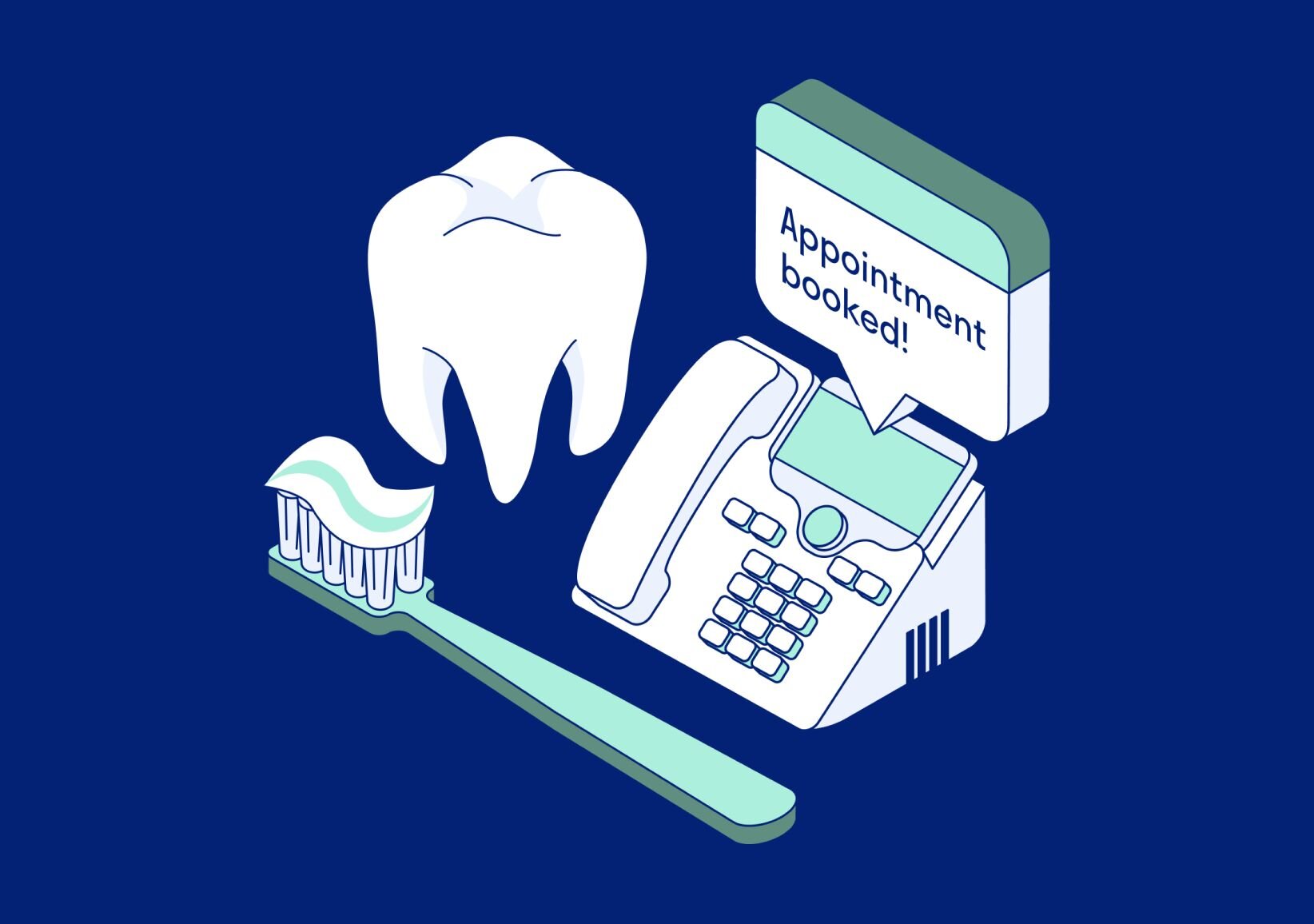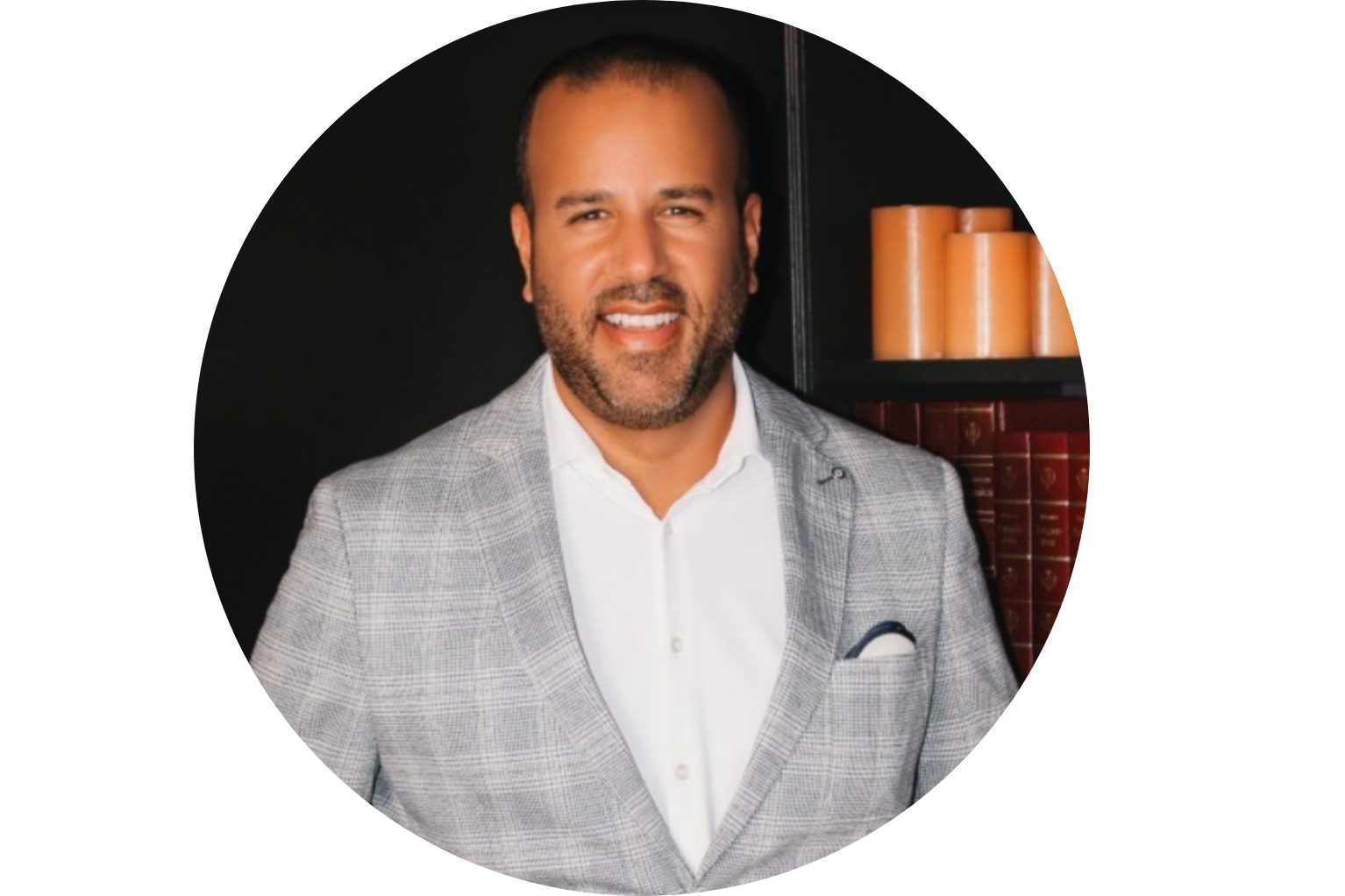The broader spectrum of the healthcare industry is brimming with opportunities for more sales and clients.
The wellness market was worth $480 billion in 2022 with senior citizens spending around 13% of their total income on healthcare in 2023. Estimates show the dental industry is growing with expectations it will top $7 billion by 2032.
Attitudes are changing regarding wellness, alternative medicine, and dentistry. Many previously thought of these niches as elective or even luxuries. Now, people are focusing more on wellness solutions found outside traditional medicine like chiropractic, massage, and med-spas. They no longer want to just treat illnesses and live longer but want to improve their quality of life.
Senior health services, including assisted living, retirement centers, and senior communities are also gaining ground in the marketplace. The Baby Boomer generation, born from 1946 to 1964, are all seniors now. They were the largest generation born in the 20th century so they make for a huge demographic.
The dental industry is another area that most have almost completely ignored until recently. Trends show that oral health is connected to other physical health issues, particularly those with the heart and brain, so there is a renewed focus.
That should be the message of all marketing in this industry. Treatments are out. Wellness sessions are in.
The post-pandemic reaction by the public is a lack of trust in traditional medicine. They are looking to wellness companies for answers.All of this amounts to more people ready to pay for these services. The key to getting them to your client's doors is the right marketing.
Emotional vs. science-based ads
Health services outside the scope of traditional medicine require a different approach.
Traditional medicine marketing focuses on outcomes, resolving a health issue, convenience, or finding a more experienced doctor. Ads are pragmatic because the patients have a specific need.
Alternative health services, senior living services, and dental services focus more on wellness and quality of life. Marketing should be more emotionally based.
Marketing strategy based on age group
One strategy when marketing to seniors is to focus on being able to live your best life rather than cures. That will work for almost every type of ad, from senior living facilities to vitamins, because that is what they care about.
Younger adults, those under 50, want to look their best and be active in their older years. That should be the focus of marketing to them. Dentists, for example, should market cosmetic dentistry and orthodontics to adults. Med-spas could greatly benefit by marketing a stress-free experience because that age group fears stress is affecting their health, looks, and well-being.
The balance between emotional and science-based advertising
There is room for science-based marketing in this niche, but ads carefully avoid making medical promises. New dog food companies show their ingredients and how their food is made. They market to pet owners that their food allows their dogs to be more active and happy in their senior years. That is an excellent example of using facts with an emotional heart tug that doesn't make overt medical promises. It's an example others in wellness niches can follow.
One hot marketing trend in wellness now is joint relief, which is a quality-of-life issue. A number of facilities have popped up offering injections for joints, particularly knees, to help people avoid surgery. Ads are everyone on social media and television.
The idea that you can postpone surgery by getting injections for a few weeks appeals to most people. That is the hook of the ads.
The ads show people scientific facts about joint pain and explain how their technique can postpone surgery. It's convincing enough that many try it, even though insurance doesn't pay for it. This is an emotionally-based ad even though it contains legitimate facts about joint pain and the probabilities of this treatment working.
Creative strategies for healthcare marketing
Elective healthcare services have marketing options that wouldn't work for doctors and hospitals. Below are some ideas:
1. Host a free dinner.
This is usually at a local restaurant to reveal advancements in your field. Limit the seating to 20 to keep costs to a minimum. Get their information, talk to them, and have your office follow up with them to make an appointment.
Those who come to these types of events have a need or they wouldn't come. They will likely make an appointment for a free consultation, to do an exam, find out more, or try an introductory service.
2. Offer a free consultation.
Many people will schedule a free consultation because they want to know more. They are interested. Some practices offer something with the consultation like a 10-minute reflexology session or a short light-therapy session.
Consultations allow you time to talk to potential patients one-on-one, discover their exact needs, and see if your service or product can fill that need. Giving them something to try, either free or at a discount, can win them over. They will be back if it makes them feel better.
3. Offer a subscriber-based program.
Med-spas are staying ahead of the competition by offering a subscription to their services for a discounted monthly rate compared to those who pay for single uses. This provides steady cash flow and also is a motivation for people to regularly use services.
4. Offer a retainer payment system.
Both natural and traditional doctors do this because they don't want to deal with insurance companies. With this marketing strategy, patients pay a low monthly retainer fee of $50. That allows them to come to the facilities any time during the month for any reason without paying anything.
Additional services like X-rays and some therapies have an additional cost,but they are less expensive because of reduced staff needed to handle paperwork. This system means patients will visit before they are in a lot of pain or sick, which leads to better, quicker outcomes.
That strategy would work well for dentists who offer emergency dentistry, who serve families, or a poorer population with no insurance or government program.
5. Offer a discount for the first treatment.
Many in these niches, from chiropractors to dentists, are offering a newcomer treatment like an adjustment or a teeth cleaning, for about half the price of what it would typically cost. Many who take the offer become regular patients, paying either with insurance or paying the full price out of pocket.
6. Offer a wellness package.
Healthcare businesses are in a great position to offer a package that combines several types of treatments or products they want patients to try. This can be discounted and lead to patients buying some of the products or services they find most effective later.
The rules of healthcare marketing
Marketing for healthcare or wellness companies comes with rules. Here is a list of do's and don'ts when marketing in this niche.
- Do reveal the truth about what your service or product can or can't do.
- Do be honest about whether insurance will cover the product or service.
- Do advertise on social media. That is where everyone goes today.
- Do videos of treatments, senior residential properties, outcomes. and other content and post them.
- Do features on past patients and let them talk about your service or product.
- Don't make promises you can't keep.
- Don't give patients false hope when you know your product or service won't help them.
- Don't hide the risks of any service or product.
- Don't overplay humor. It comes off as disingenuous.
- Don't try to be like a traditional medical doctor. Everyone will see it as deceptive. Be yourself.
Conclusion
Healthcare has many services and products that help people beyond what is available with traditional medicine. That is something that can be celebrated in marketing. I would tell clients in these niches that authenticity is the most important part in marketing your service or product.
Marketing should be educational and conversational. People have health concerns, fears, and issues. Your marketing needs to address those with a good dose of humanity applied.









